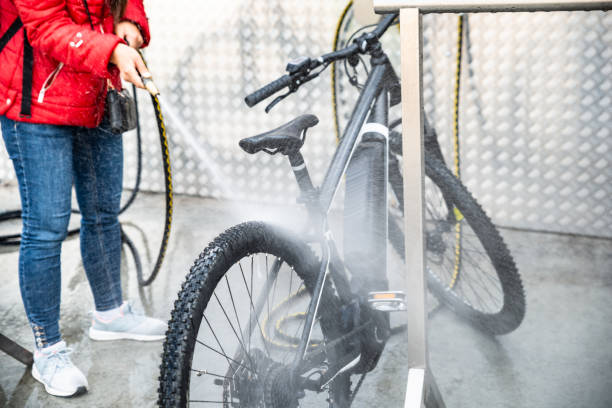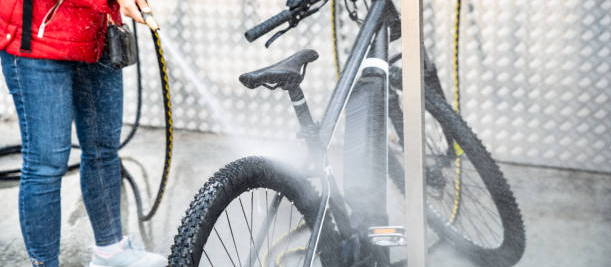
How to Wash Your Bike After the Ride
Bike riding is an option for some, but passion and love for most bike riders. Many bikers may want to see if they are taking care of their bikes as much as they are riding them. Bike riding is done on various tracks which may include metal roads, arena tracks, and dirt roads. Being a bike rider, you must take care of your bike as much as possible after you ride it on the dirt road.
Get $50 off your first order
Sign up for special offers and updates
Tools needed for washing a bike
Properly washing your bike requires several tools so that you get the maximum benefit for the time spent taking care of your bike. If you use a different tool than needed, you might cause more harm to your bike than help it. Below we list a few such tools along with their typical use when washing your bike:
Plastic bucket or similar container: To fill up the detergent and clean water
Sponge: To dip and hold detergent water
Soft-haired brush: To clean dirt from the frame and shiny areas of the bike
Scrub brush for tires: To clean the tires of the bike
Liquid detergent: To produce soapy water
Water hose with adjustable nozzle: It will be used to rinse down your bike softly or hardly in the beginning and end
Dry pieces of cloth: To dry up the bike after washing
Wax: Once you have washed your bike, use wax for the shine and protection from water
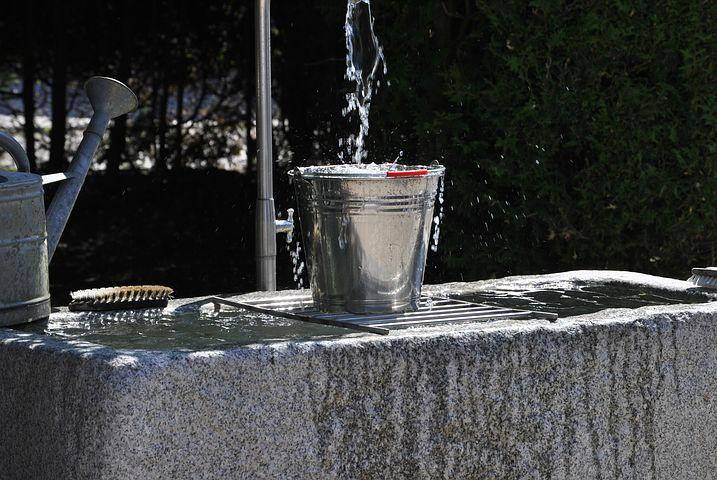
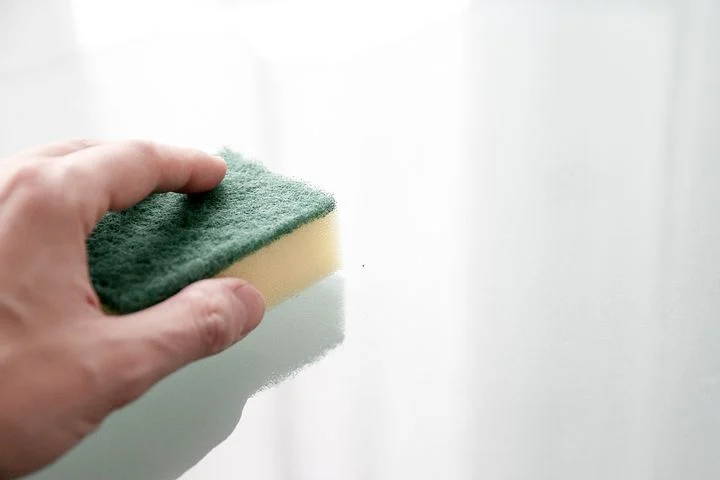
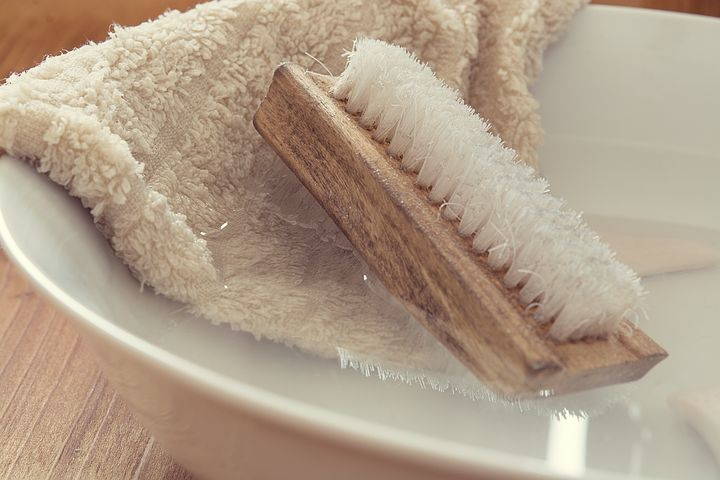
Step-by-step guide on how to wash a dirt bike
Before you begin washing your bike, plan it well, and plan it. If you do not plan it well, you will not only be spending extra products but also be wasting lots of time, redoing many things. Following are some steps that you can follow to properly wash your bike:
i.Inspection
Begin by inspecting your bike carefully. Do you see a lot of grease and lubricants oozing onto the areas where they are not supposed to be? If so, you are going to need a lot of detergent water, and small pieces of dry cloth. If you see the grease, and lubricants in narrow places, you might also need a narrow brush. If the bike seat has a cover, take it off and place it away from the washing area safely.
ii.Dry run
Before washing with detergent or water, clean the dried chunks of mud with a dry cloth. Similarly, clean the lubricants, and grease from unnecessary areas of the bike with a dry cloth. Make sure that you do not clean the lubricants and grease excessively since that may cause a lacking lubricant which is needed for the proper functioning of the bike.
iii.Wet run
Now connect the hose with the water source and put the nozzle to low pressure mode. Now gently pour the water over your bike specifically under the mudguards, and tires. After pouring water, wait for around 5 minutes. This water will soften the dried and hardened mud chunks as well as prepare the bike for detergent washing. At this point, you can use a wet cloth to clean the mud from the bike frame, or a scrub brush to clean the tires.
iv.Prepare and wash with the detergent mixture
Put a reasonable amount of liquid detergent and mix it well with water. Once done, you are ready to clean your bike with detergent water. After cleaning the mud from the bike, your bike will have grease stains, and mud stains left. Similarly, the shine will be at its lowest as well. This is the time for detergent washing. Dip the sponge in the detergent mixture and gently begin cleaning the frame, tires, chain guard, mudguard, handle, and other areas of the bike. All the lubricant stains and mud stains are ready to be washed off now.
At this point, you should use a scrub brush to clean tires, and soft haired brush to clean off the chain guard, and tire mudguards. Also use a soft-haired brush to clean off the rim, and spokes of the wheels and bike pedals.
v.Wet run – Hose it down
After washing your bike with detergent, put the hose nozzle to a high-pressure mode and throw water at soapy areas of the bike. Thoroughly rinse it off so that there is no soap left around. Especially target the mudguards, tires, and pedals since the mud is usually pretty dried and stuck at these places. Remember to clean the greasy areas because dry run cannot properly clean the grease.
vi.Shakedown
Once you have washed your bike with water, it is time for a gentle shakedown so that water droplets come out of any inaccessible holes and are ready to be dry cleaned. Shake the bike gently and run the wheel for a few seconds which will thoroughly throw out any water droplets stuck in there.
vii.Drying
Now you can dry your bike with a clean, dry cloth. Make sure that you gently dry all the areas without rubbing hard because that may chip off the paint, or cause harm to the colour of the bike. Use a dry cloth wrapped around the narrow brush to dry off the inaccessible places of your bike.
viii.Lubricate, and grease up
After drying the bike, you must restore the lubrication of the bike. The lubricant should be in a pourable bottle. Slowly pour the appropriate amount of lubricant into bike cables, on the chain, around the central axel and wheel hub, brake clutches, handle bearing, and pedals. If you do not pour the lubricant in these areas after washing, they will be pretty stiff after a few days due to rusting. After applying the lubricant, check and run these places so that excess lubricant comes out.
ix.Take a ride
Once you have lubricated the moving areas of your bike, you should take it out for a short tour. One Km of the ride would be enough. This will make sure that the bike has been properly lubricated and lubricant has reached the necessary areas.
x.Final Dry Run
Take a piece of a dry, soft cloth and remove the excess lubricant that came out of the holes after the ride. Do not rub it hard or put the cloth inside the holes to clean off the lubricant. Only clean the lubricant that is outside the holes.
xi.Waxing
Now that your bike has been properly washed, you’ll notice that the shine of your bike is pretty off. That is because the detergent cleans all kinds of shiny stuff from your bike. To re-shine, your bike, take a small, dry piece of sponge, apply the wax onto it, and rub it gently on the exposed areas of your bike such as the frame, rim, spokes, wheel hub, and crank arm, and mudguards. After the first application, use another sponge to rub the wax evenly but gently on the bike. Repeat one more time such that you do not see any leftover wax, and the bike shine is starting to appear.
This will conclude the washing of your bike, the way it is supposed to be.
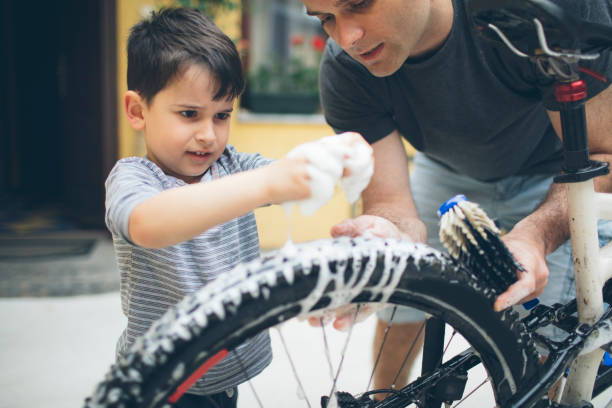
Dos and Don’ts when washing a bike
There are many things that you should Do, or Do not do when washing your bike. Here we list a few of the Dos and Don’ts.
i.Do’s
Inspect the bike before washing
Gather all the necessary tools, and products before washing commence
Use clean water for washing
Use high-quality liquid detergent, lubricants, grease, and wax
Use a clean, soft cloth, and fresh sponges every time for washing
If possible, use WD-40 or a similar product to prevent metal parts from rusting
Unplug the battery, if your bike is motorized, or uses a battery to power up the headlight
ii.Don’t
Aim the high-pressure hose at the moving parts of the bike such as the central axel, wheel hub, or the clutch brake cables
Use WD-40 or other petroleum solvents on the chain, gears, or any other parts of the bike which use lubricant or grease
Use any sharp tools, metal brush on the bike frame
Let the water get into the brake cables
Use water which has very high or very low temperatures
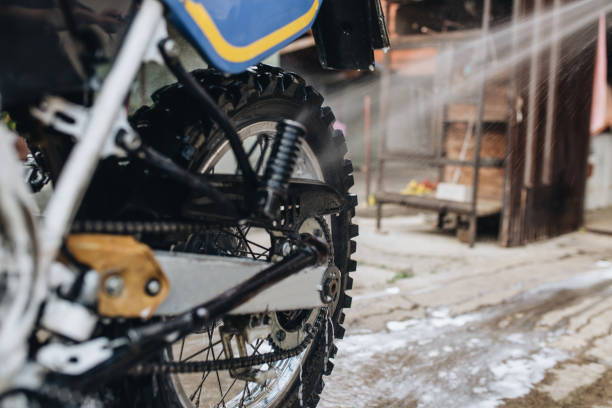
Frequently Asked Questions
i.Can I Use a Pressure Washer or Hose to Clean My Bike?
In general, you can use a pressure washer or hose to wash your bike. But always be careful to not aim the washer or hose towards the lubricated areas of the bike such as the wheel hub, central axel, brake cables, and handle ball bearing.
ii.How Do I Prevent the Chain on My Bike from Rusting?
Rust is the product of water and air. Make sure that your bike chain is always well lubricated. After each ride, you should use a soft brush to clean off any dirt from the chain and re-lubricate it. Remember, do not use the scrub brush because that will remove, the greases from the interlocking of the chain which is not easily replaced.
iii.How often should I clean my bike?
Overall, washing your bike often will not hurt your bike as long as you are not using detergent and a pressure washer every time. It is a good practice to wash your bike after every 3-6 days of use on a dirt road. If you mainly ride on clean racks, then you can wash your bikes once a month.
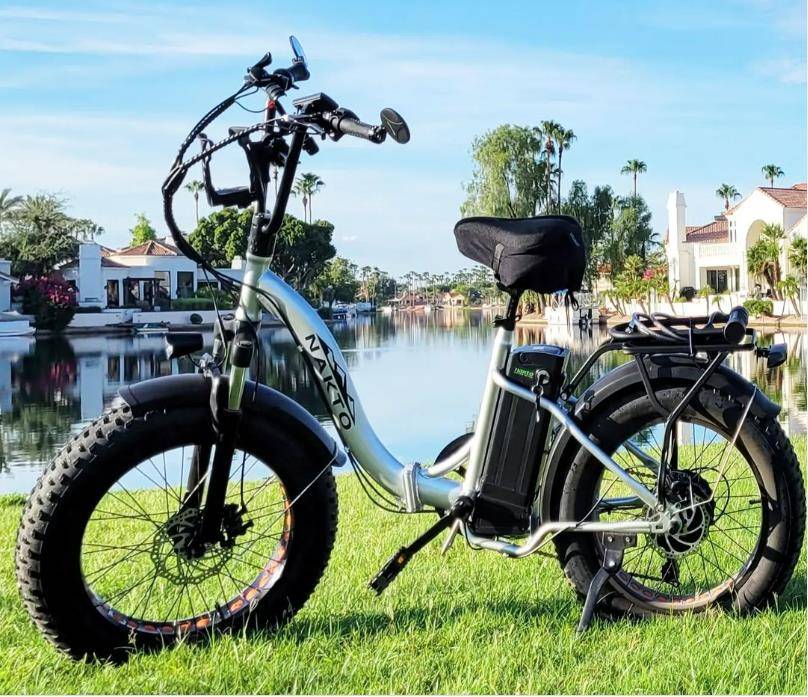
Conclusion
Bike washing becomes intuitive once you have done it a few times. You can take inspiration from various sources on the strategy of bike washing. One such source is the following video: https://youtu.be/yjuKatMkIkA In general, the video follows the method we outlined in this article, you’re always encouraged to take educated decisions by taking a different approach to properly washing your bike.

